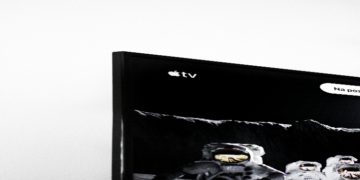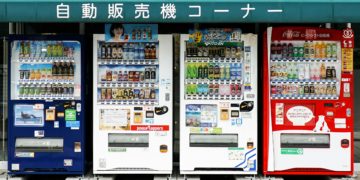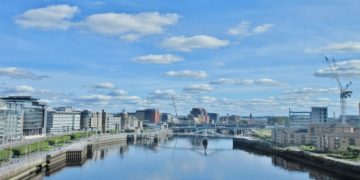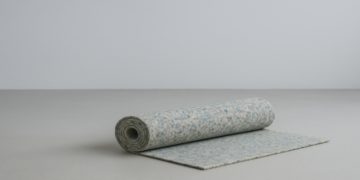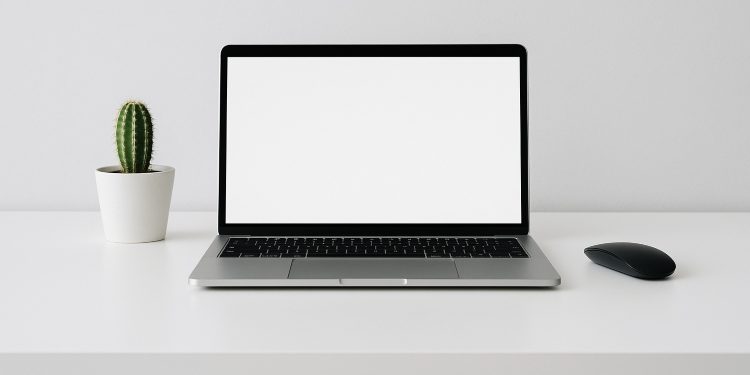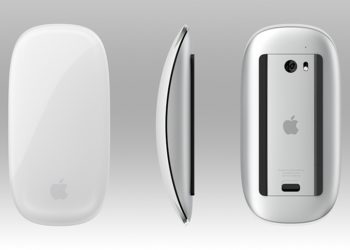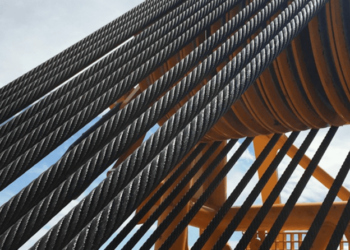The design of a workplace can significantly influence employee productivity and well-being. Creating an efficient work environment requires strategic planning and thoughtful execution. With the right approach, businesses can transform their offices into spaces that boost morale and operational efficiency.
Workplace design plays a crucial role in how employees interact with their environment and each other. A well-thought-out space not only facilitates better communication but also supports various work activities, leading to increased productivity. Strategic space planning is essential to achieve this balance, ensuring that every square foot is utilized effectively. Office Fit Out in Manchester projects can be tailored to specific needs, illustrating how local expertise can enhance workspace functionality.
Understanding the impact of strategic space planning
Effective space planning is more than just arranging furniture; it involves creating an environment that meets the needs of both employees and the organization. By understanding the unique requirements of your business, you can design spaces that foster collaboration and focus. This strategic approach helps in reducing distractions and promoting a culture of productivity.
Space planning should consider factors such as lighting, acoustics, and ergonomic furniture to create a comfortable atmosphere. Natural light improves mood and energy levels among employees. Similarly, soundproofing solutions can minimize noise pollution, allowing workers to concentrate better on their tasks.
Flexibility is another key component of successful space planning. As business needs evolve, the workspace should be able to adapt without requiring major overhauls. This adaptability not only saves costs but also ensures that the office remains conducive to changing work styles.
Practical tips for effective office layout design
An effective office layout should be designed with both form and function in mind. Begin by assessing the workflow and identifying areas where improvements can be made. Open-plan layouts are popular for encouraging collaboration, but it’s important to include quiet zones where employees can work without interruptions.
Incorporating multifunctional spaces can also enhance flexibility. For example, meeting rooms equipped with modular furniture can quickly transform into collaborative workspaces or training areas as needed. This versatility supports a dynamic work environment where teams can thrive.
Furthermore, integrating technology into the office layout is essential for modern businesses. Providing ample power outlets and strong Wi-Fi connectivity throughout the office ensures that employees can stay connected and productive at all times. These technological considerations are fundamental to maintaining an efficient workplace.
Examples of tailored office fit-outs meeting specific needs
Several examples demonstrate how tailored office fit-outs meet specific workplace needs by blending creativity with practicality. By focusing on customized solutions, businesses have successfully created environments that reflect their brand identity while enhancing functionality.
Incorporating local culture into design elements fosters a sense of belonging among employees. This cultural alignment boosts morale and strengthens the company’s image internally and externally.
The choice of materials and finishes can significantly impact the aesthetic appeal and durability of office spaces. Sustainable materials, such as recycled wood or eco-friendly paints, contribute positively to environmental goals while creating visually appealing interiors.
The impact of well-designed workspaces on employee satisfaction
A well-designed workspace directly influences employee satisfaction by providing a supportive environment for diverse work activities. Comfortable seating arrangements, adequate storage solutions, and personalized workstations enable employees to perform optimally without unnecessary stress or discomfort.
Moreover, thoughtfully designed communal areas encourage social interaction among colleagues, fostering a sense of community within the workplace. These spaces serve as informal meeting points where spontaneous collaboration can spark innovative ideas.
Ultimately, investing in workplace design demonstrates a commitment to employee well-being and productivity. A carefully curated environment not only attracts top talent but also retains existing employees by offering them an inspiring place to work every day.
David Prior
David Prior is the editor of Today News, responsible for the overall editorial strategy. He is an NCTJ-qualified journalist with over 20 years’ experience, and is also editor of the award-winning hyperlocal news title Altrincham Today. His LinkedIn profile is here.






